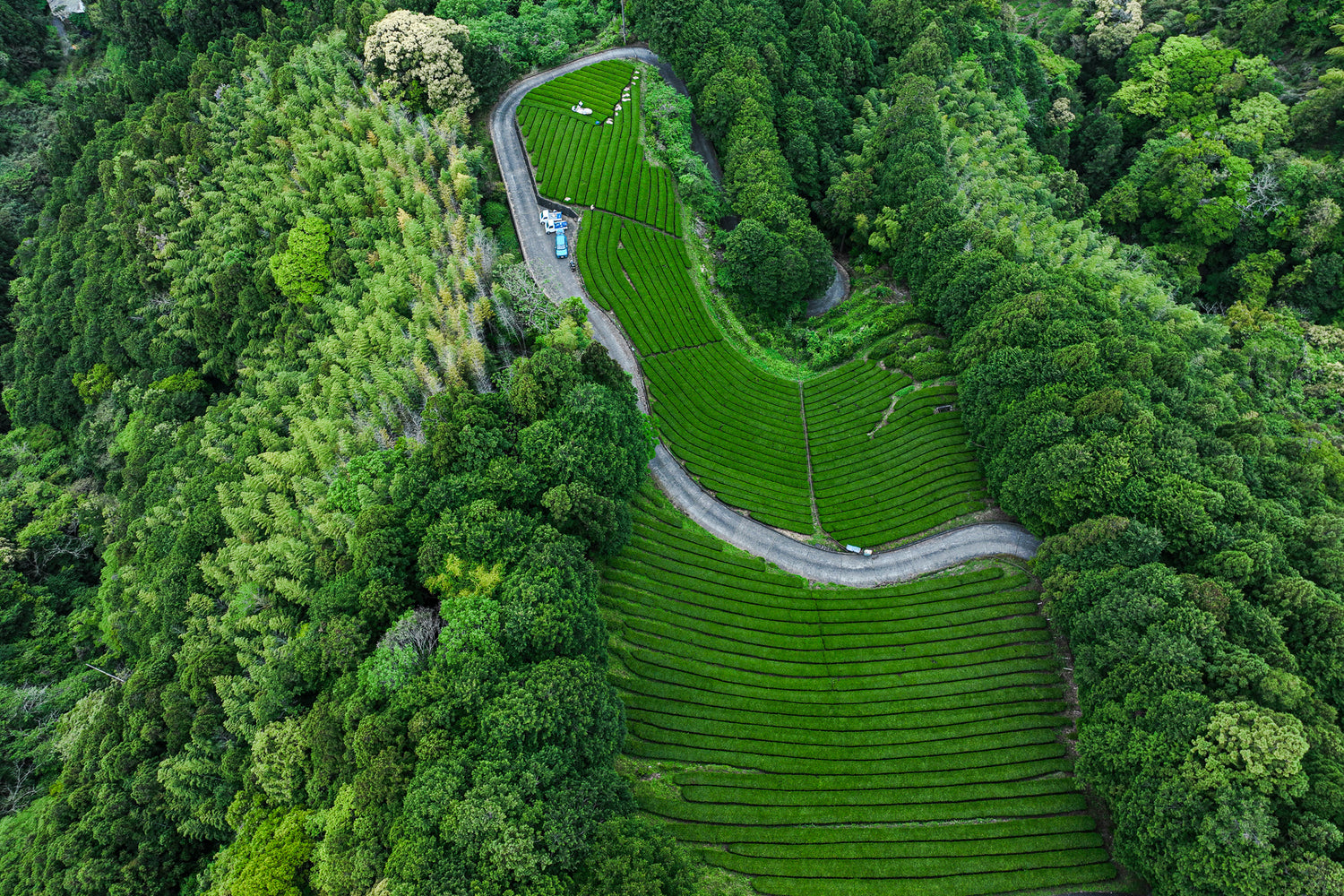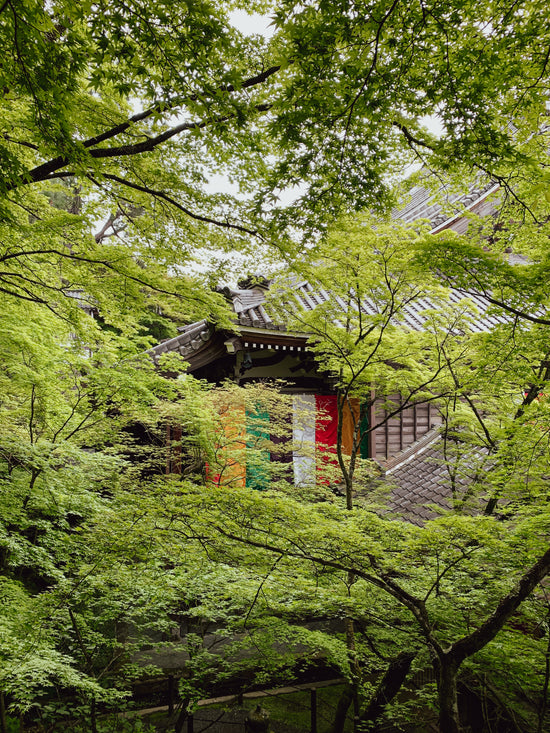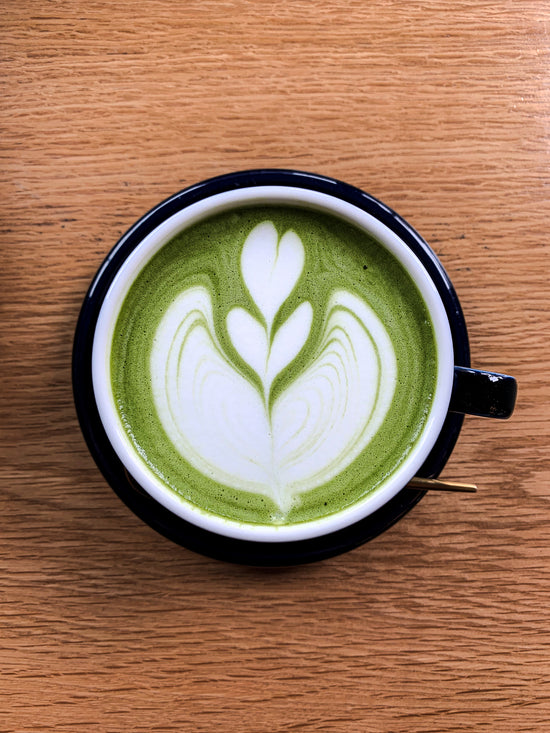Welcome to the world of Japanese tea
Imbibe the flavors of Japan's rich cultural heritage, where the art of tea-making is a finely tuned craft steeped in centuries of tradition.
Delve into the diverse array of Japanese tea varieties, each with its own unique character and cultivation region, and master the intricacies of traditional steeping methods alongside novel, creative techniques.
Experience the artful nuance of tea appreciation and bring the taste and culture of Japan to your own abode. Come, sip with us and discover what makes Japan's tea culture a cut above the rest.







